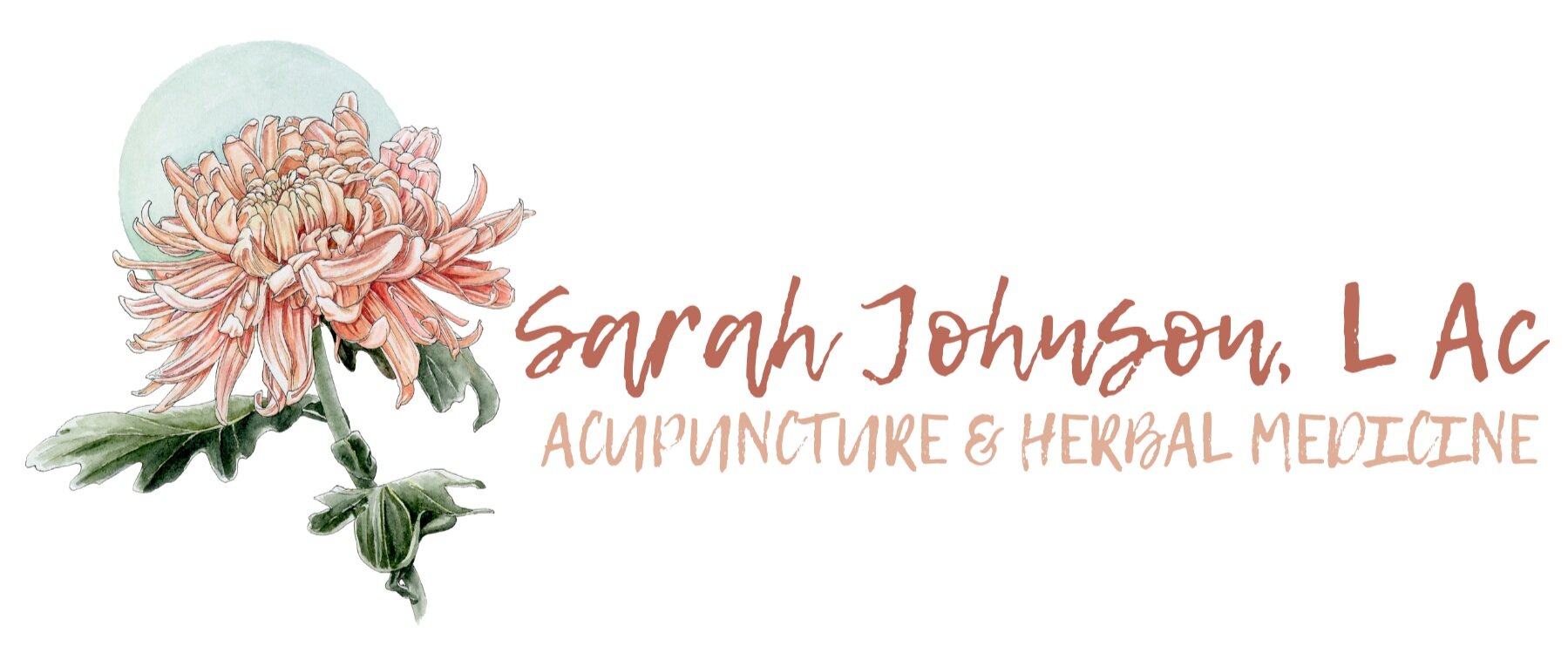Tongue Diagnosis in Traditional Chinese Medicine
If you've ever had an acupuncture treatment, there is a pretty good chance that at some point your practitioner has asked to take a look at your tongue. This may seem like an odd request, and for some, it might feel strangely intimate to show your tongue to someone, but there is a really good reason why we ask. Your tongue tells us about your overall health as well as how specific organ systems are functioning. Variations in the color, shape, coating, and texture can clue us in on a disharmony that may be happening in your body.
The overall appearance gives an idea about your health and additionally, certain areas correspond to internal organs. A variation in a certain spot on your tongue would tell us to pay special attention to that organ system.
Not only does the appearance of your tongue help your acupuncturist come up with a diagnosis, it can help you monitor your own health. So what does a healthy tongue look like?
A Healthy Tongue: Should be a fresh pink color; not too pale or too red. It should be a size proportionate to the person's body and it should have a thin white coat. The surface of a healthy tongue is smooth without being especially shiny and should rest comfortably in the mouth. See that girl's tongue in the picture up there? That's a pretty healthy tongue!
What If My Tongue Doesn't Look Like That? We see a lot of different tongues in the clinic. Don't spend too much time self diagnosing, but feel free to use your tongue to monitor your dietary and lifestyle choices. I'll list some common presentations and what they might mean.
Swollen or Puffy: A swollen or puffy tongue generally means there is Qi deficiency. Often there is a digestion issue or fatigue for a person with this sort of tongue. Also common with this type of tongue, is the appearance of teeth marks on the sides. A swollen tongue can also mean that there is a retention of fluids.
Red: A red tongue is almost always indicative of some kind of heat imbalance in the body. If your tongue is usually redder instead of pink, such as the one below, you might run hotter than other people and should probably avoid spicy foods and alcohol. Sometimes the whole tongue is red or there might be red spots in areas or a red tip. This would tell how heat is affecting your body.
Pale: Conversely, a pale tongue might indicate cold. If it's pale, swollen, and wet there is probably a deficiency with a retention of dampness or phlegm. A person with this type of tongue would benefit from incorporating ginger and other warming foods in their diet.
Cracked or Peeled: There are often cracks appearing on the tongue surface and sometimes there are parts of the coating that look peeled. This could also indicate heat or an insufficiency of fluids in the body. The picture below is of a peeled tongue coat. The person with this tongue probably has a heat condition with an accumulation of dampness. Dietary changes would be necessary.
Purple/Blue: A purple or blue tongue would most likely indicate stagnation from heat or cold. The deeper the hue, the more serious the condition.
Thick Coat: If you have a thick coating on the surface of your tongue you have an accumulation of fluids. It could be hot or cold in nature, and you might be experiencing phlegm symptoms. Dietary adjustments should be made because there is usually a problem with digestion as well. Start out by avoiding dairy, greasy foods, sugars, and carbs.
The look of your tongue can show the overall state of your health and it can also show states of disharmony which your body might be prone to. If your tongue doesn't represent the ideal picture of health, acupuncture, herbal treatment, dietary and lifestyle changes can help.
Call Sarah Johnson L. Ac. for a consultation and treatment!
617-308-6620








